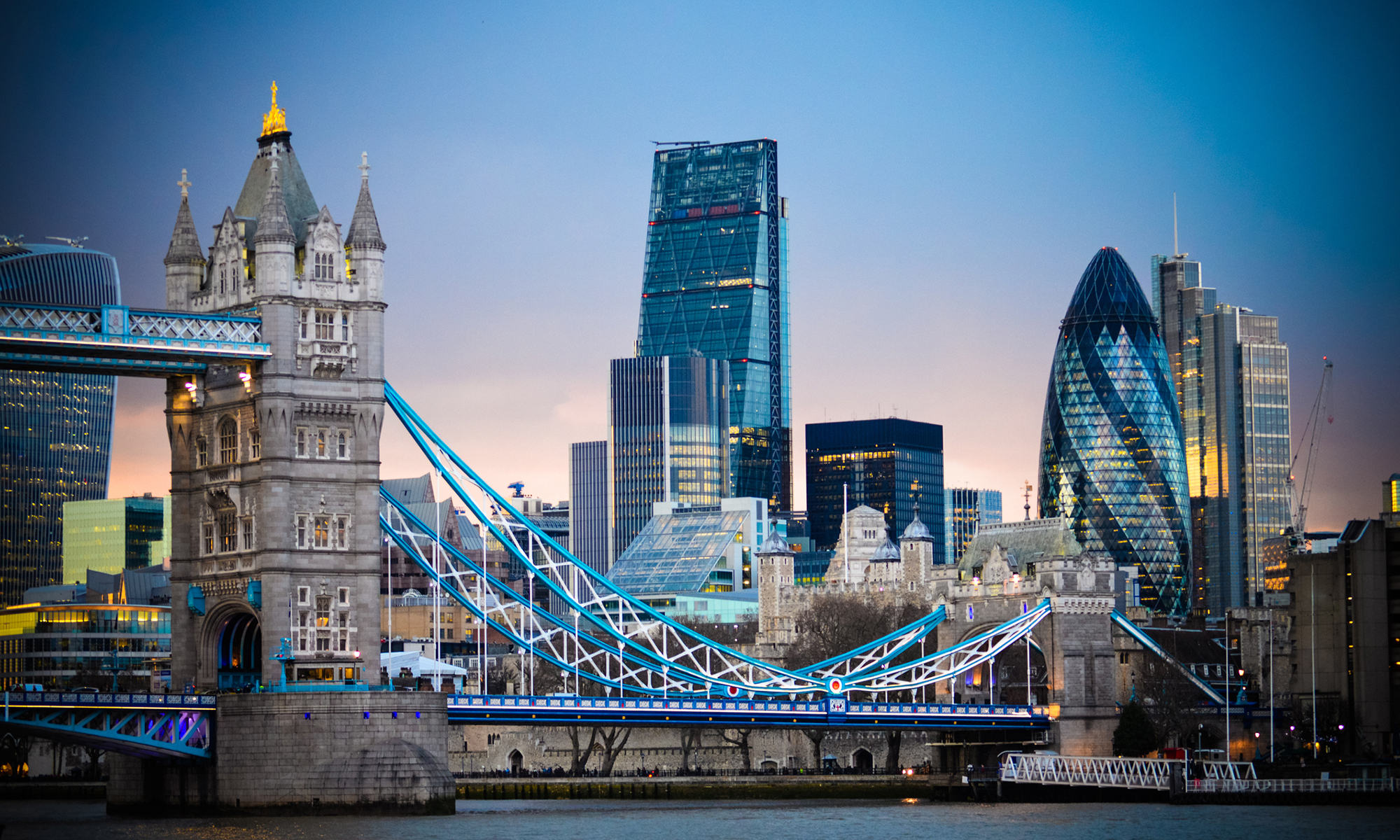Mr Justice Fraser’s decision in Multiplex Construction Europe Ltd v Bathgate Realisation Civil Engineering Ltd and Others is one of the more curious decisions you will ever read.
Not that I would particularly encourage anyone to read it. The case necessitated some pretty comprehensive and in-depth legal analysis that means the judgment runs to some 206, fairly dense, paragraphs, and an Appendix; I would challenge even the most avid consumer of legal treatises to read the whole thing in one sitting without their eyes glazing over at some point. Helpfully, my colleague Vijay Bange has already produced a very useful summary of the decision and its legal implications here.
However, the density and depth of the judgment does not mean it is without interest; far from it. In fact I suspect this case will prove to be one of the more fascinating legal tangles the Courts will be asked to unravel this year. This article looks at some of the more curious aspects of this dispute, away from the key aspects of the case. Continue reading “Multiplex v Bathgate: Legal Riddles and Unsolvable Problems”
